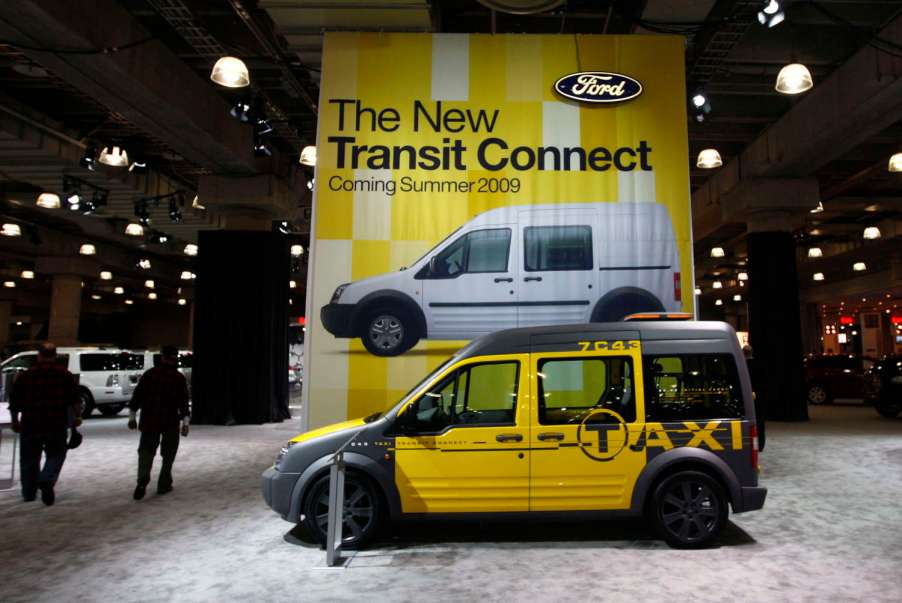
3 Most Common Ford Transit Connect Van Problems
The Ford Transit Connect is back for 2023, but some previous generations are still on the road. For the first generation Ford Transit Connect from 2010 until 2013, drivers and companies liked the versatility provided by the van. Here are some of the most common Ford Transit Connect Van problems and a few resources on fixing things like door hinges and other issues.
Most common Ford Transit Connect Van Problems
The experts at 1A Auto have some of the most Ford Transit Connect Van problems owners have reported over the years. From 2010 to 2013, the first-generation Transit Connect Van was on the market. One of the most significant issues is the rear door hinge requiring replacement. The opening of the van in the back makes it a good option for fleet vehicles and those who need a versatile option, but the hinges don’t last too long in some conditions.
Drivers report that the door hinges can rust and break, or the fins can wear out prematurely. This will require a replacement of the whole system. The hinge has a bracket mounted on the door and the van’s body. The hinge could need replacing if your door is scraping against the van, squeaking, or sagging.
A visual inspection should confirm if there is rust, corrosion, or a loose hinge. You can lift the door and see how it responds, but it should be pretty obvious which part needs replacing. Depending on the severity, replacing the bushing, pin, or entire door hinge should fix the issue.
Another common Ford Transit Connect van problem is a dirty throttle body
If the Ford Transit Connect has no throttle or seems sluggish, the throttle body could need cleaning. This can also cause the van to stall for the same reason. A scanner might give code P2111 or P2135 once a check engine light appears. If you have to clean it, you can remove the throttle body and clean it with some type of throttle body cleaner. This can be found on Amazon or at a local store like Pep Boys or Autozone.
Clogged fuel injectors could post another issue. If your Ford Transit Connect van is misfiring, stalling, has a lack of engine power, and a check engine light, the fuel injectors could be an issue. Dirt can get into the injectors and start causing the problems listed. These can be cleaned, but drivers can also use good gas and some sort of additive once a month to keep the fuel injectors clean.
Some vans have transmission issues down the line

If the transmission is acting weird or not shifting properly, it could be a sign of a problem. The check engine light will probably turn on and throw one of the following codes: P0751, P0752, or P0972. If the transmission is slipping, it won’t always shift into the next gear properly.
You can check the transmission fluid to see what sort of level it is at. If the fluid looks fine, it could be a bigger issue. Transmissions often need to be rebuilt or replaced after a certain mileage, which the Transit van usually racks up pretty quickly. The transmission failing is a common Ford Transit Connect van problem, especially with the first generation.
The best course of action is to follow the recommended maintenance schedule in the Ford Transit Connect owner’s manual. This will give the proper intervals for oil changes, transmission flushes, when to replace the brakes, and other important issues.



